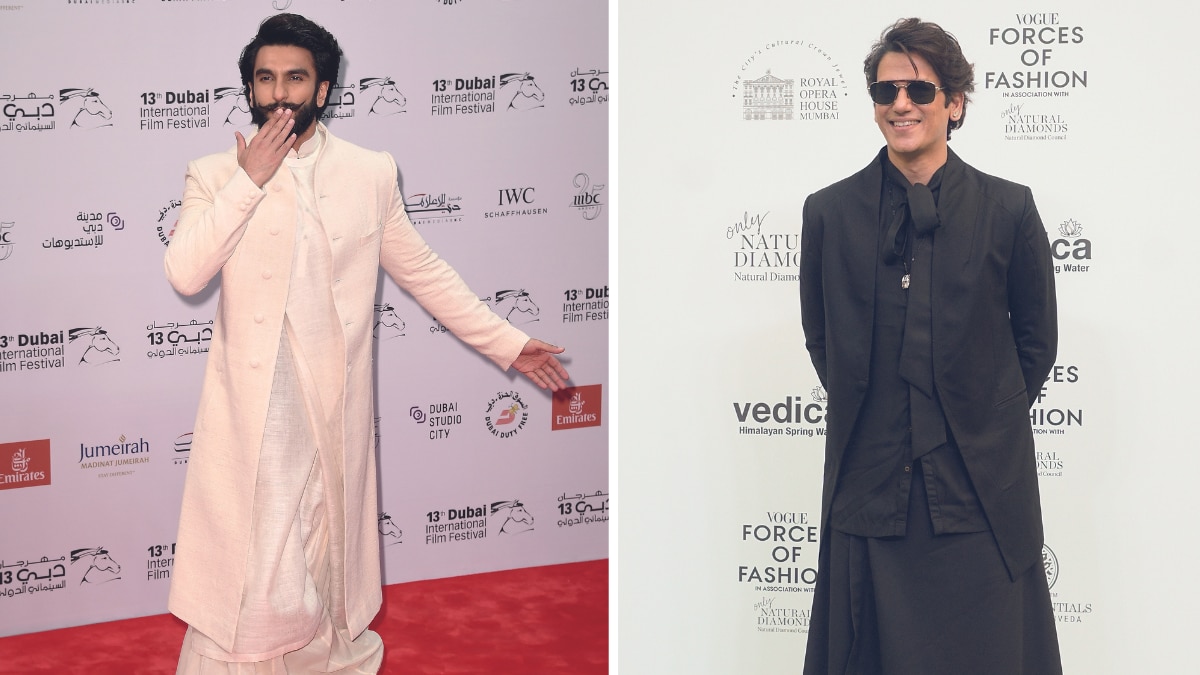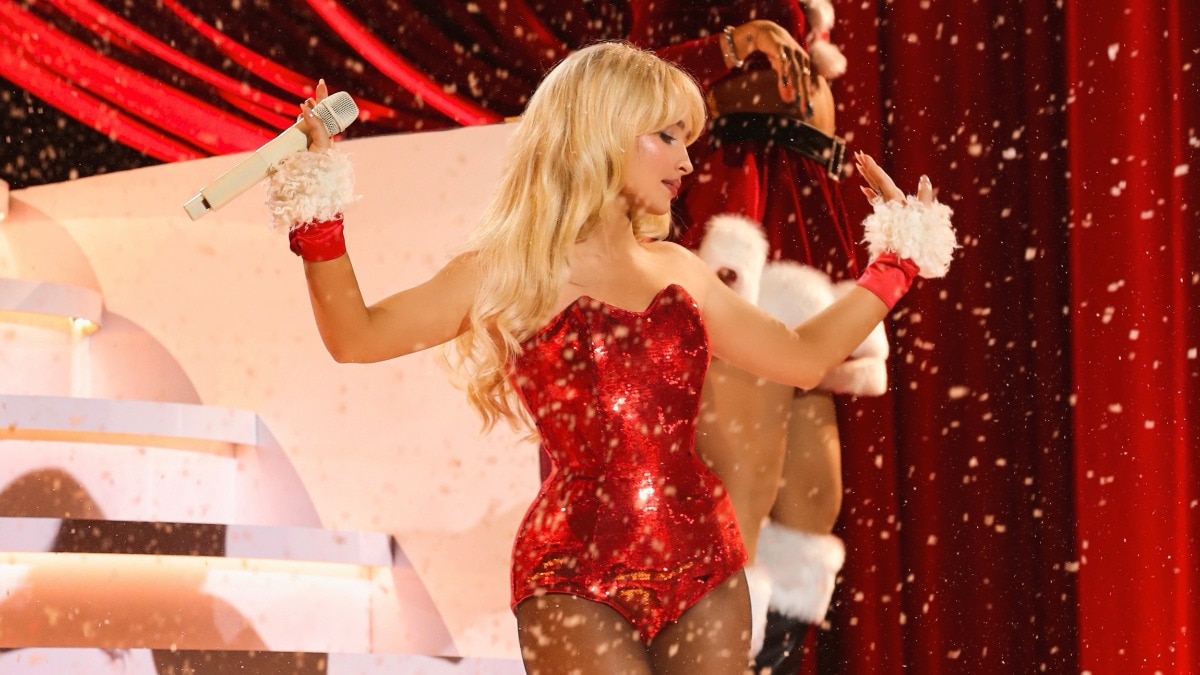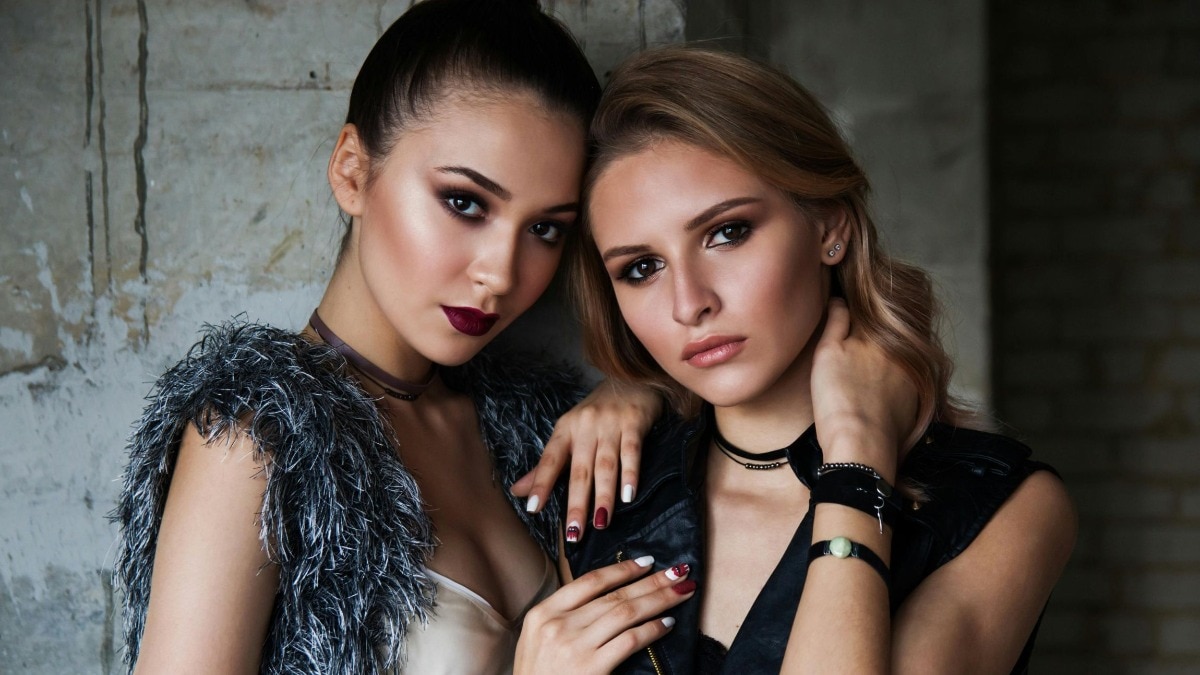
Here's how Ranveer Singh, Vijay Varma, and Karan Johar, among others became the face of menswear renaissance in the country
These new male fashion icons pull off flowy silhouettes and intricate embroideries with as much ease as a well-tailored suit.


Fact: Menswear is extremely exciting right now. You just have to read the global (and local) headlines alluding to menswear’s era of exploration for proof. ‘The tie is dead!’, ‘The suit is back!’, ‘Saying yes to the dress’, ‘Styling your new skirts over trousers’, are just some of the cues for a menswear revolution. And then there are the recent extensions into menswear from womenswear designers—think Simone Rocha’s voluminous peplum tops, sheer jackets and louche trousers for men, Molly Goddard’s frothy tulle seen on Harry Styles and Erdem’s florals for men (that are certainly groundbreaking). Meanwhile, at the spring/summer 2024 womenswear shows earlier this year in September, menswear and what men wore on the front row (including Taylor Zakhar Perez, Usher, and Austin Butler) deserved an entire trend category of their own.
In India, too, a new sartorial male has been on the rise. Its roots, of course, remain firmly in the country’s rich royal history of men adorning themselves in flowing silhouettes, embroideries, as well as jewellery and gems. “The Indian man has a very refined sense of colour, style, and proportion,” says Varun Rana, writer, and fashion commentator. “If you look at the country’s very long and rich history of menswear—whether it is royal costumes, traditional costumes, or religious/occasion-led costumes, or those for traditional/folk performing arts, they have a deep link with dress.” Today, the new icons of fashionable dress include a flamboyant and dandy Bollywood male pin-up.

Ranveer Singh, Vijay Varma, Karan Johar, are all examples of men with a refined palate for fashion. While Ranveer, a self-proclaimed dandy, often openly talks about borrowing his mother’s diamond solitaire earrings, Vijay has embraced a more modern interpretation of the dhoti skirt (by the label Rishta by Arjun Saluja) on several occasions for the red carpet. It’s easy to write that off as the stylist’s behind the scenes’ call, however, Vrinda Narang, Vijay’s longtime personal stylist is quick to point out—“Vijay often dons the dhoti at home, and we wanted to showcase his love for it as a silhouette.”

Increasingly, men are looking to Instagram and beyond to create their own fashion mood boards riddled with a new take on accessories, jewellery, prints, and patterns, and an openness to explore. Musician and actor, Moses Koul, last seen in Netflix’s Class, is a prime example of generation next’s keenness to blur the binaries in fashion. “My style is an amalgamation of everything I’m consuming at any given point—be it music, movies or literature. Added to this concoction is social media and e-commerce that have played a pivotal role in making clothing and style accessible,” he explains.
Nikhil D, co-founder of Feat. Artists, a casting agency spotlighting the South Asian male through their roster of models that include representation from Nepal, Pakistan, India, and Sri Lanka, sees media and fashion industry milestones as a key catalyst for the evolution in menswear. For instance, Sabyasachi’s New York store launch was a pivotal moment that illustrated a new Indian man’s aesthetic leaning towards meticulous tailoring inflected with Indian embroideries. “The Indian shopper is now buying Indian brands as compared to only wearing luxury brands from Europe and the West. Typically, they would only buy Indian designers for occasions like weddings or festivals. But now, they have more to choose from for everyday luxury as well,” he says, citing a cohort of menswear brands that are using handmade textiles and techniques, promoting regional crafts and communities.

A perfect example of a brand that found the desire for down-to-earth menswear in the market, is the label Antar-Agni by Ujjawal Dubey, which also won the International Woolmark Prize in 2017. “When we started, there were hardly any menswear brands, especially in India,” explains Ujjawal of his decision to make ‘alternative’ clothing at that time. “Now, menswear has become a serious segment… And men are becoming more ready to try something individualistic, subtly experimental, and not just being homogenous in the crowd,” he says
Rina Singh, the creative director and founder of Eka says that when they started doing menswear in 2021, it was a very unique proposal for India. “We were doing broader shoulders and armholes that are slightly bigger, making the whole shape roomy on the body, and yet taking the shape of the body that carries the clothes,” she says. For Eka, it was important that the textiles they offer, such as hand-woven cottons and linens, breathed on the body, providing the perfect comfort loungewear.
Today, there is a surge in menswear designers from the country, leaning into natural fabrics for menswear or adding a layer of craft and embroidery to immaculate tailoring and pattern-making. “The best part is that this is a market that is nowhere near saturated, and there is endless work to be done,” Ujjawal says, summing up the menswear opportunity and overarching sentiment in the country.










